52 Weeks of Inspiring Illustrations, Week 11: Imbedded in the fibres: The Salted Paper Print
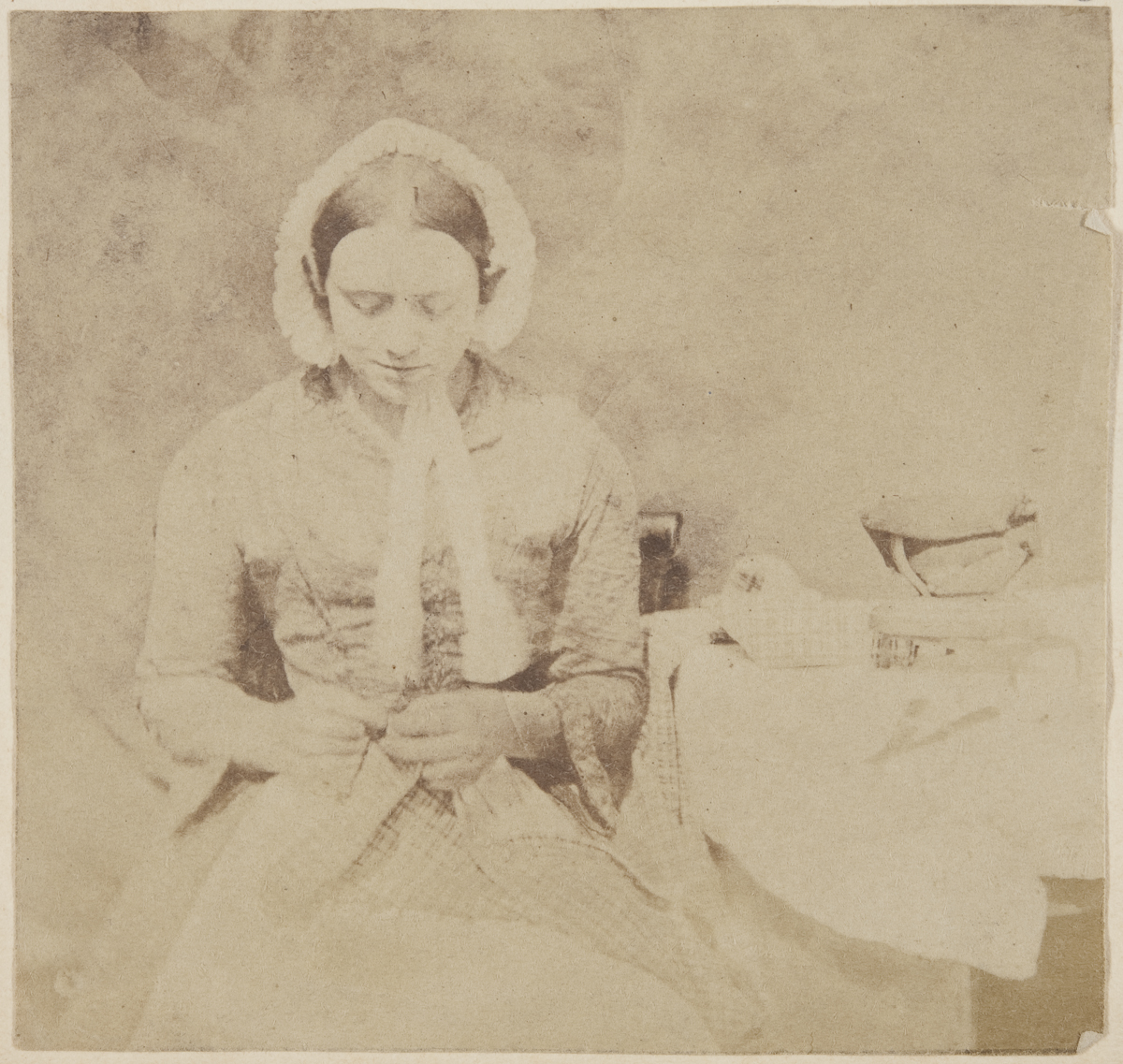
The first photographic print medium was known as the salted paper print and was invented by the English scientist William Henry Fox Talbot. Publicly announced in 1839 as a means of duplicating the photogenic drawing, it wasn’t until the advent of the calotype negative in 1841 that this process became more widely used.
In ca. 1840 Sir David Brewster, the Principal of the United College of the University of St Andrews, received correspondence regarding this new process when he visited Lord Kinnaird at Rossie Priory in the nearby town of Abernyte in Perthshire. Brewster shared this information with a group of scientists who were present, marking one of the key moments of Scotland’s integral role in the history of photography. Lord Kinnaird commissioned the building of the necessary apparatus and many experiments in early photography in Scotland would ensue at Rossie Priory.
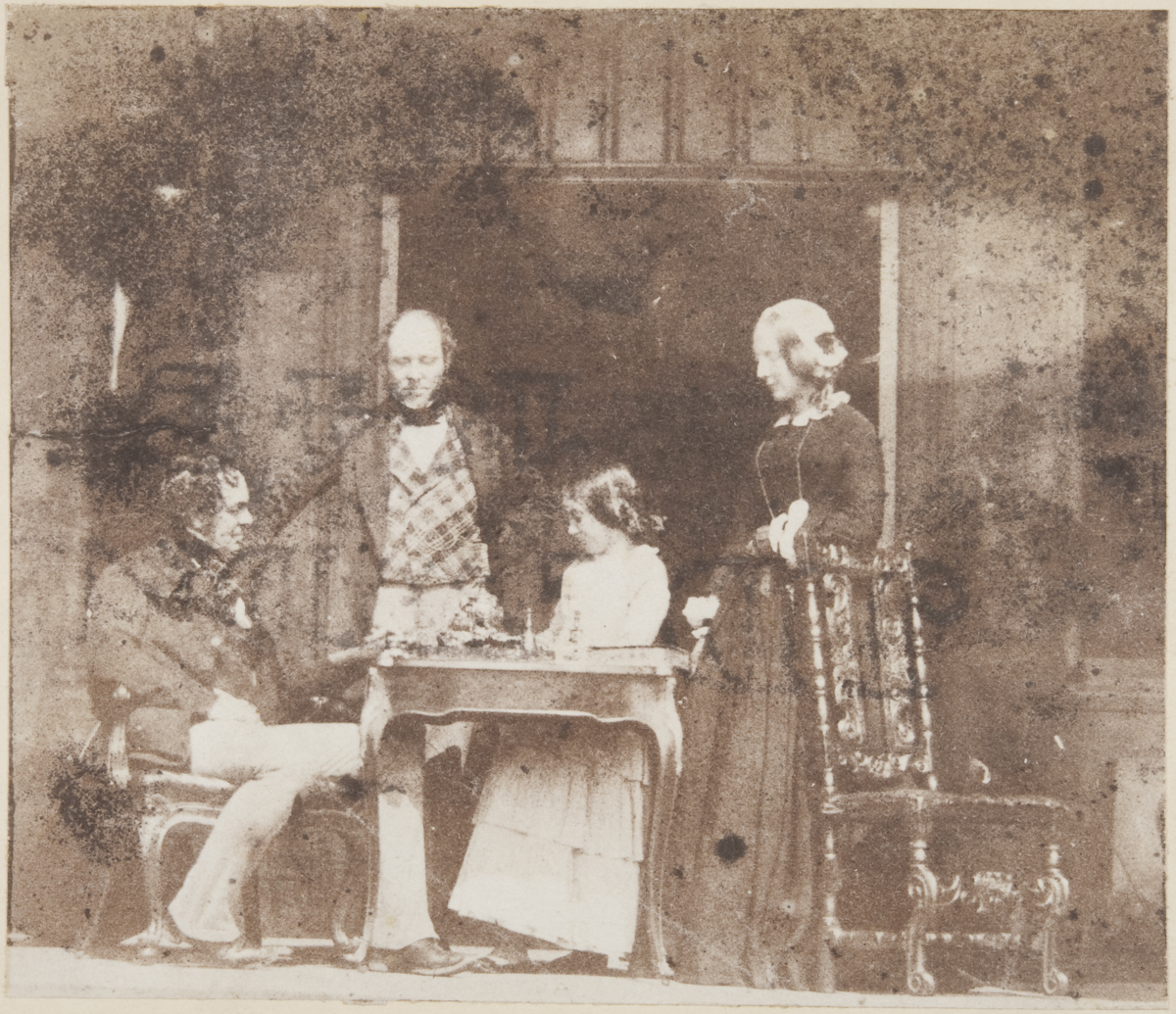
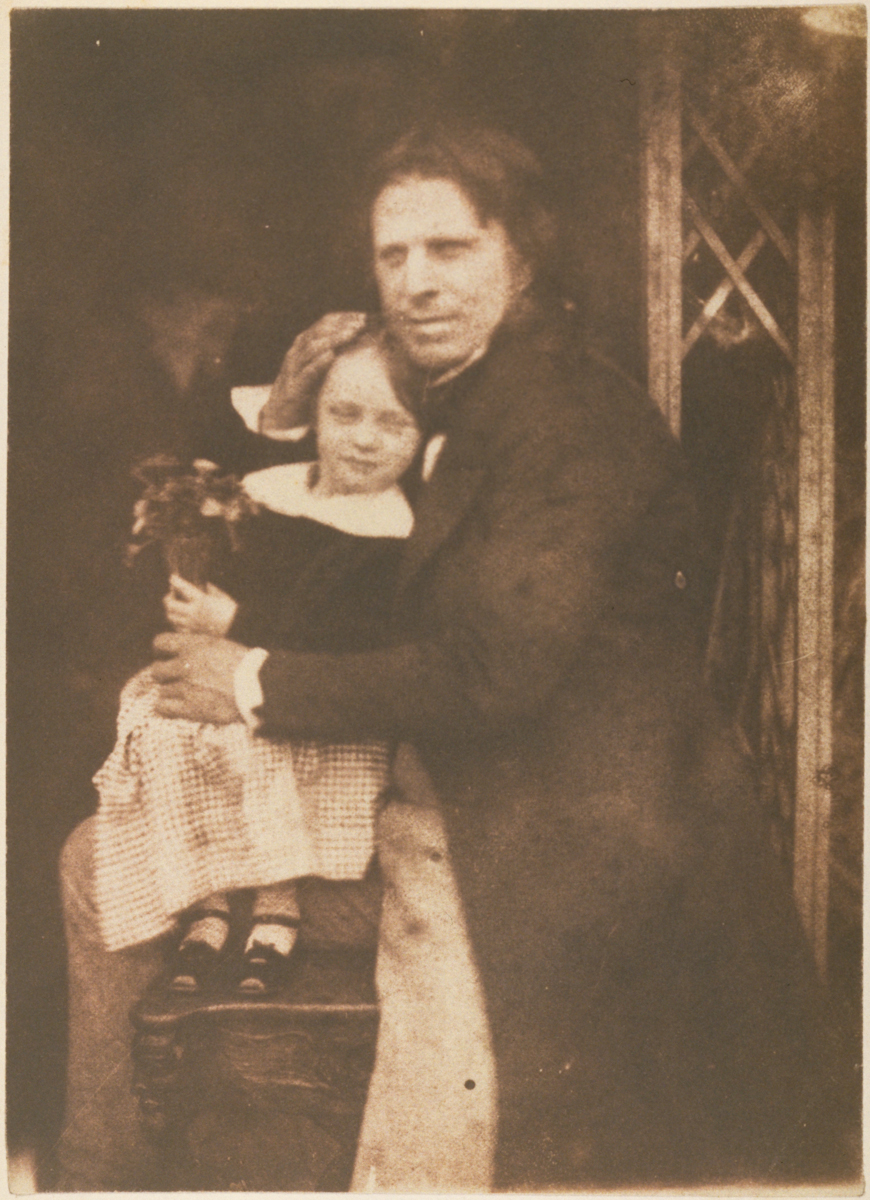
The black art that these early amateurs would attempt to realise was at first more akin to alchemy, and their efforts would be daunted by repeated difficulties surrounding the calotype negative. Eventually, in 1842 Dr John Adamson of St Andrews would work through these issues and the printing could begin. Salted paper prints were made by placing a piece of sensitised photographic paper in direct contact with a calotype negative (the technical term for this is contact printing) at which point they were exposed to sunlight allowing an inverted copy of the negative image to be formed as a positive on the print’s surface. Together, the calotype negative and the salted paper print formed the first negative/positive photographic process. These beautiful, now historic, prints can range in tone from deep browns to inky blacks and on occasion retain shades of other colours due to the nature of the papers, chemicals used, or the way they have deteriorated over the years … sometimes altogether fading into a pale yellowish oblivion. Beyond being quite rare, what makes such prints stand out as striking objects is the fact that the image-forming silver particles are actually imbedded in the fibres of the paper. The fibrous matt paper provides a tactility and richness to the thing itself, and a dusty imperfect yet moody quality to the image which is not found in later more exactingly modern glossy print processes.
Certain examples in our collection illustrate how local photographers were not always bound by the conventions of using the salted paper print exclusively with the calotype negative. They would on occasion print the early calotype negatives using the later albumen print process, or, conversely, they might use the salted paper process in combination with later (much more detailed) glass plate negatives with exquisite results. An example of one such variation is shown here, made by Thomas Rodger the first professional photographer in St Andrews. Prior to my arrival in the Department of Special Collections, I had never seen salted paper prints of this quality and have since never seen the equal.
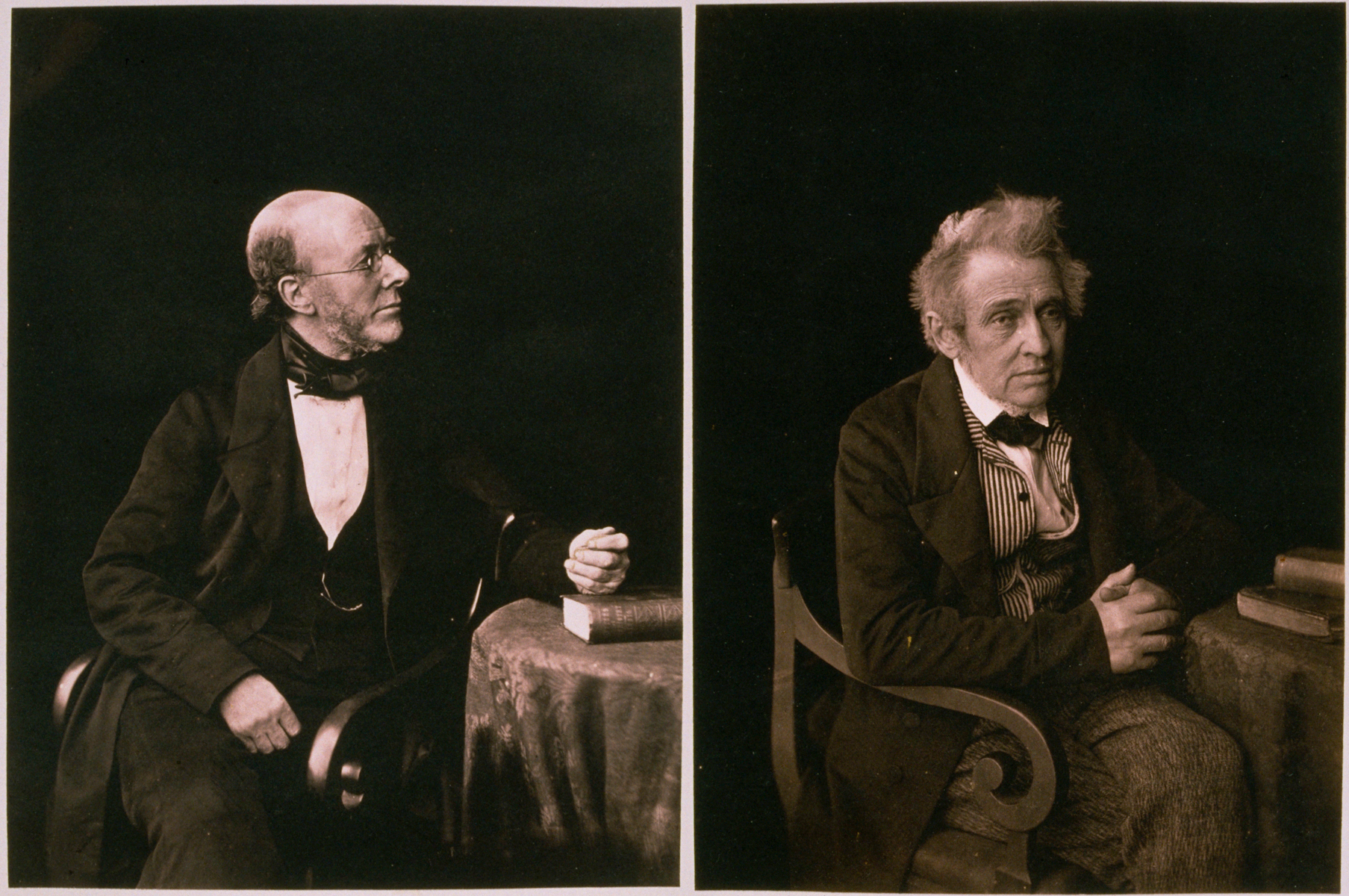
Our collections boast over four-hundred salted paper prints which are open to the public for research and engagement.
…A parting teaser. Can someone make the connection as to why this very early salted paper print of Niagara Falls has turned up in a Scottish photographic collection? Thoughts and theories are welcome!
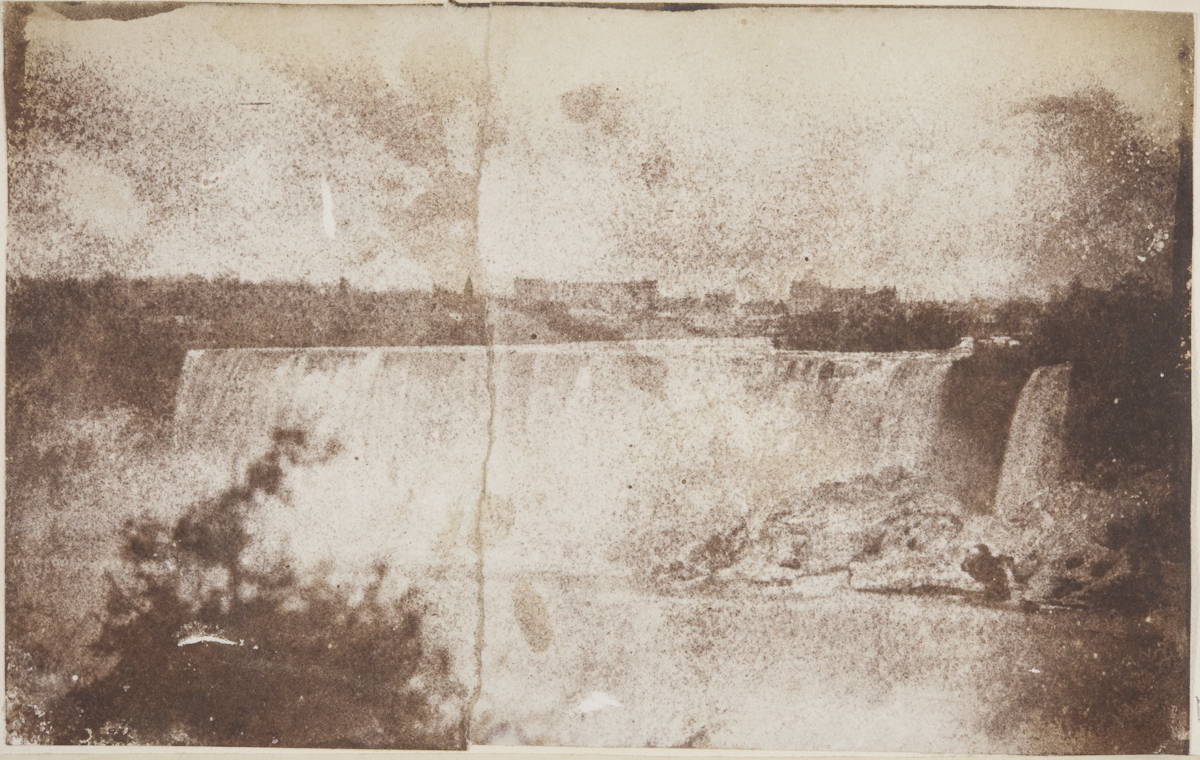
–MB
[...] a blog from the Special Collections of the University of St Andrews ... Prior to my arrival in the Department of Special Collections, I had never seen salted paper prints of this quality and have since never seen the equal. [...]
[...] following the reign of the albumen print. Strictly speaking, earlier photographic processes such as salted paper prints and albumen prints are “printing out” processes themselves, but the name P.O.P. is now commonly [...]